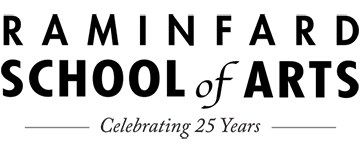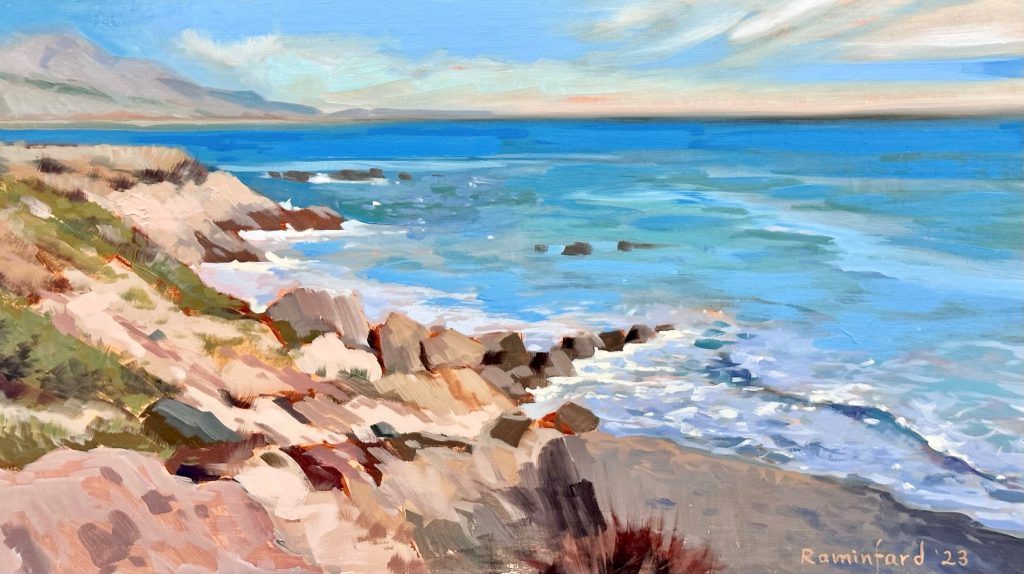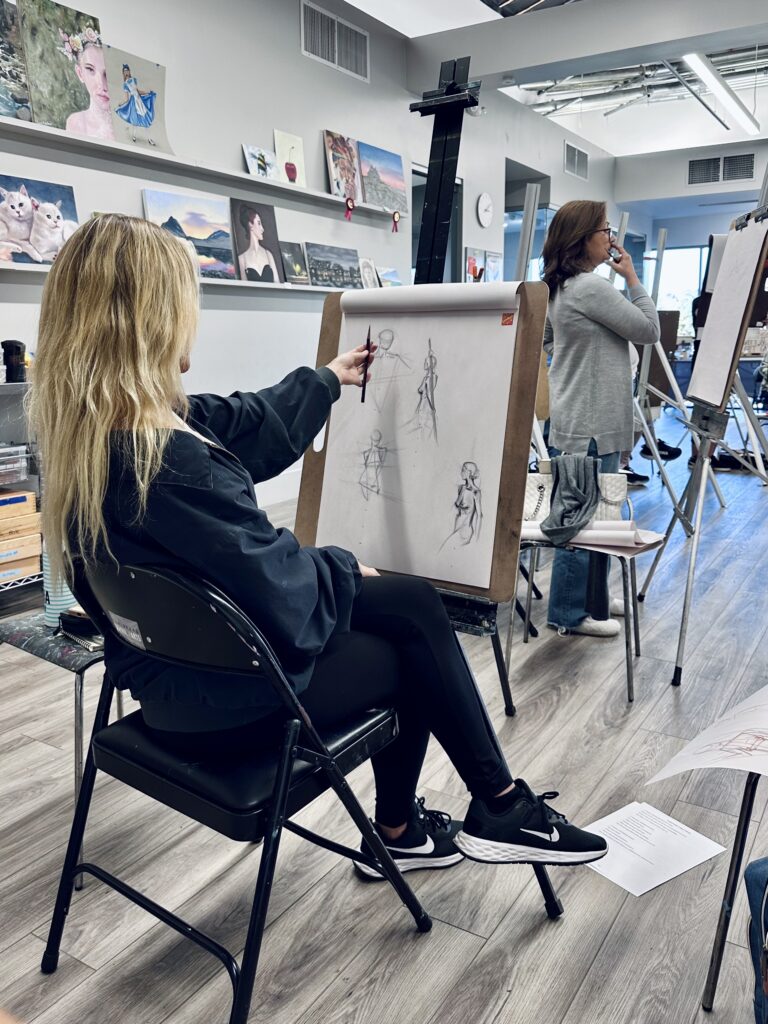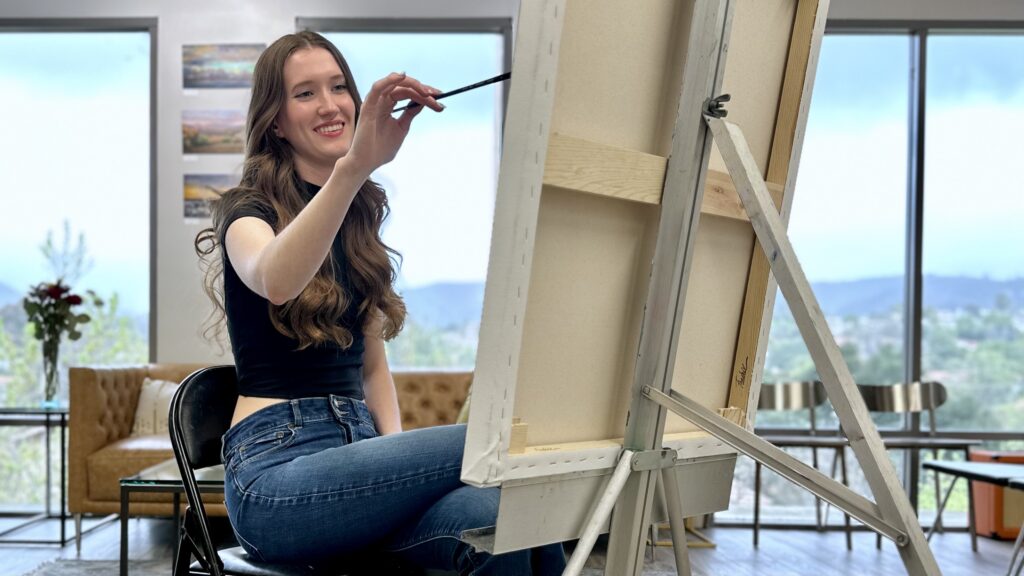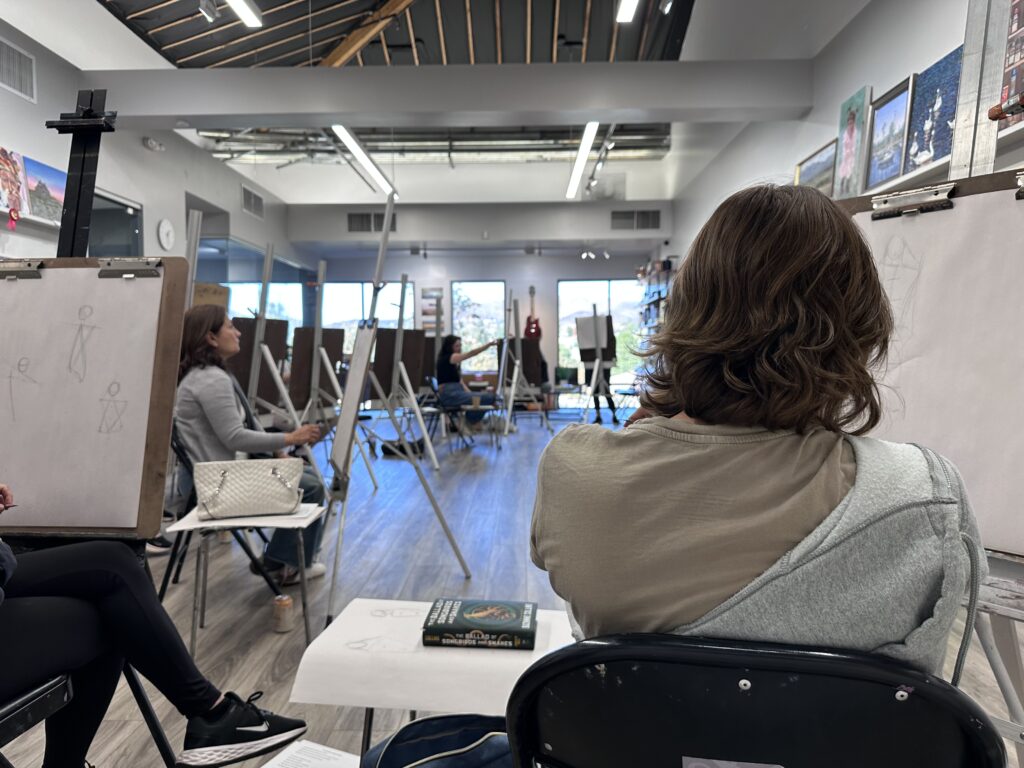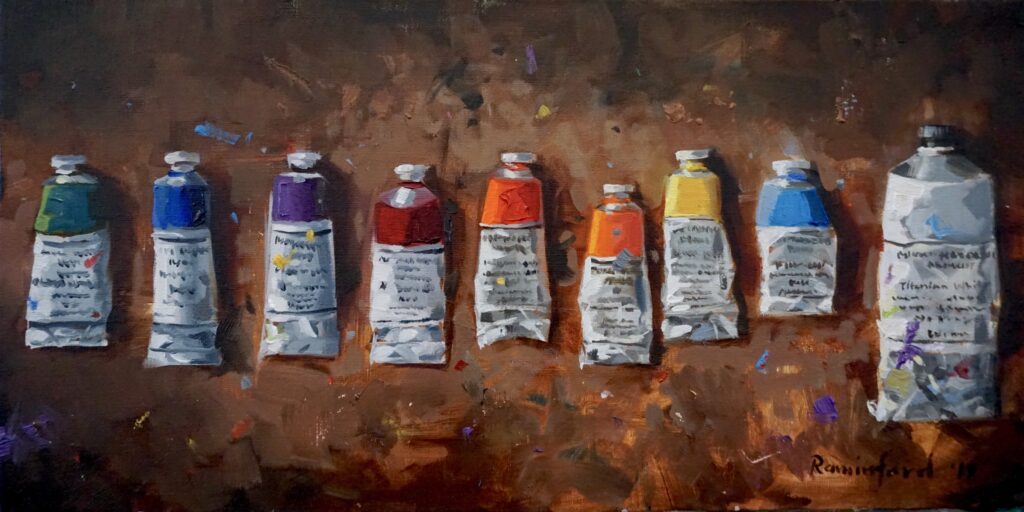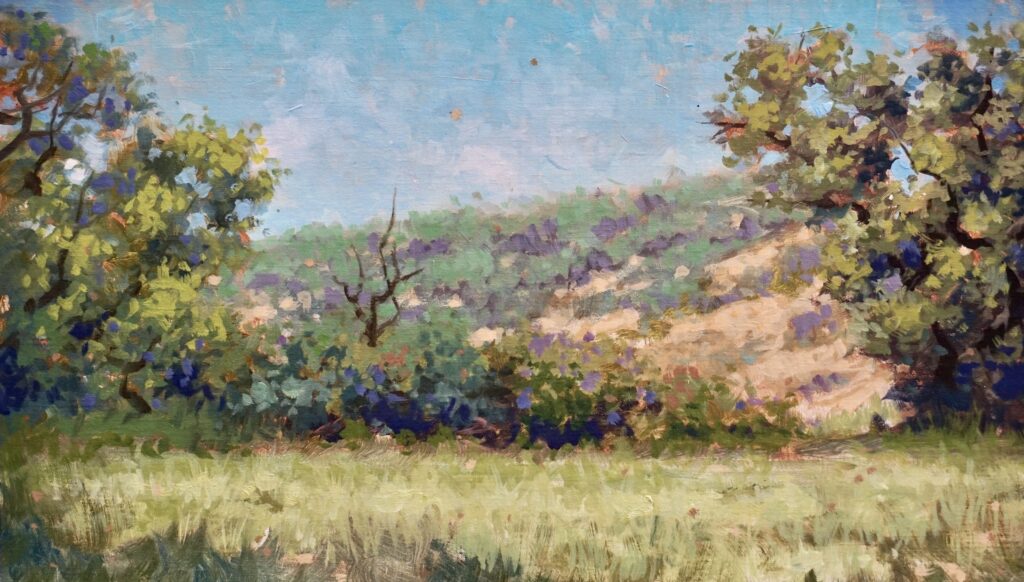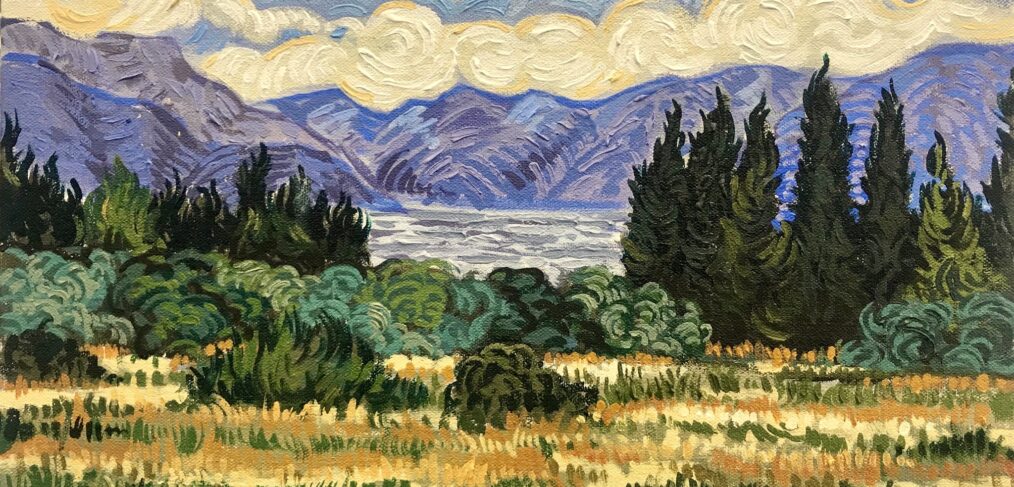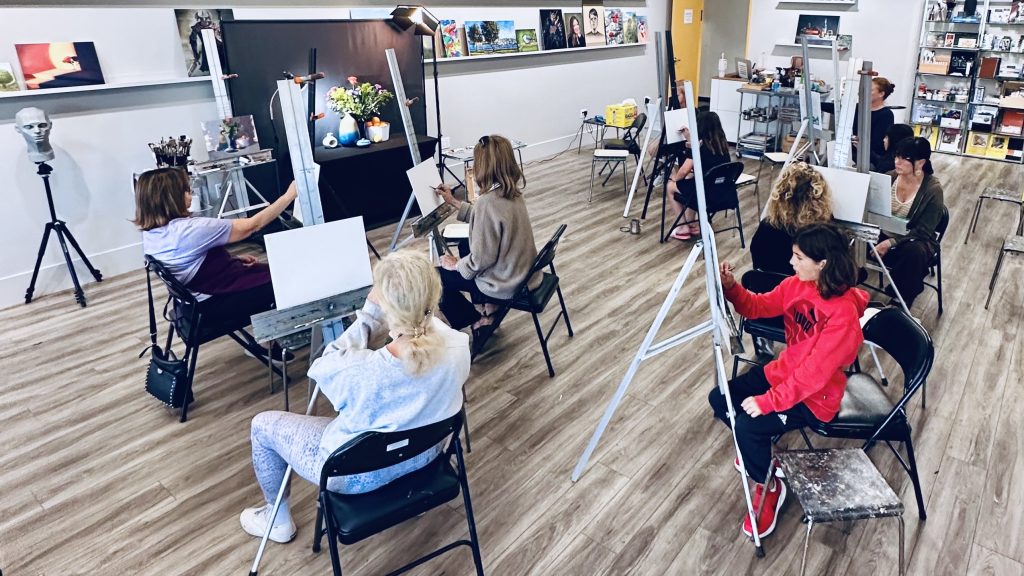
This holiday season, skip the ordinary and give something truly unforgettable –
the gift of creativity with a Raminfard School of Arts Gift Card.
Why Give an Experience?
Unlike a sweater that shrinks or a gadget that breaks, an artistic experience only grows more valuable over time.
A painting session, a private lesson, or a creative workshop can inspire someone for years to come.
RSA Gift Cards can be used toward:
-
🎨 Art lessons for all skill levels
-
🖌️ One-day workshops in painting, drawing, and design
-
🥂 Paint parties and creative group events
-
🛍️ Art supplies and materials from our in-studio shop
Whether it’s a friend who’s always wanted to paint, a student preparing for art school, or a loved one rediscovering their passion, this is a gift that sparks joy, growth, and creativity.
How It Works
You choose the amount.
They choose the experience – or the supplies that inspire one.
Gift cards never expire and can be applied to any RSA offering or material purchase.
They’re easy to buy online or in person, and we can even personalize them with a message from you.
Make It Memorable
Art is more than a hobby – it’s a way to express, connect, and grow.
When you give an RSA gift card, you’re not just giving a lesson –
you’re giving someone the chance to explore their imagination and create something lasting.
give the gift of art.
